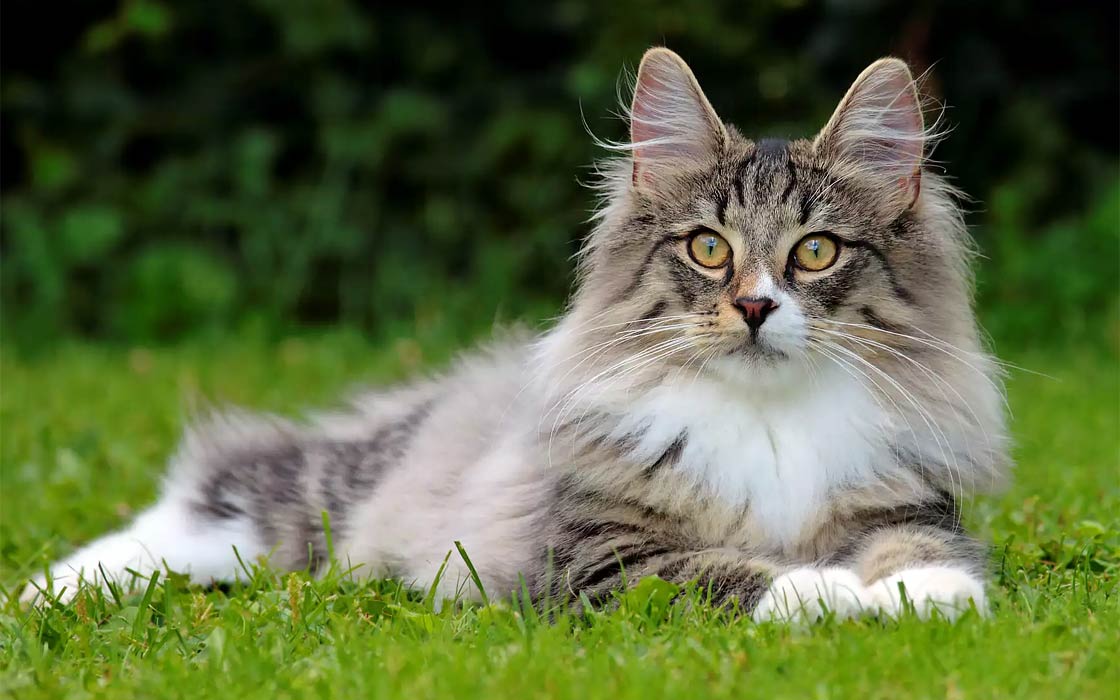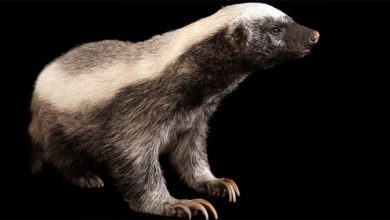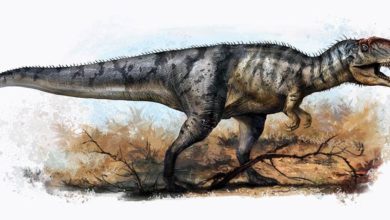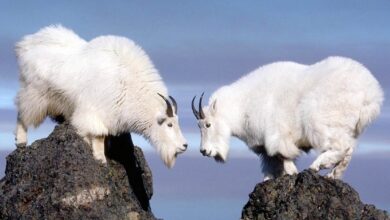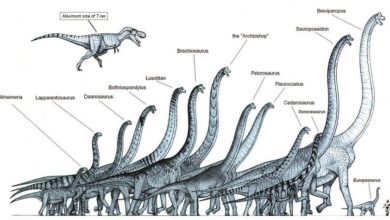Norwegian Forest Cat
The family and intelligent Skaukatt is descended from highly independent and wise ancestors. By calling it a forest cat, the personality of the animal that inhabited the forests after its arrival in Europe was reflected. Norwegian Forest Cat is one of the semi-longhair cats and is one of the largest pedigree cats alongside the Maine Coon and Ragdoll. Does the Scandinavian breed today also boast skills that salon cats no longer have?
FIFe classification
- Category 2: Semi-longhair cats
- EMS code: NFO
- Other breed names: Norwegian Forest, Skaukatt, Wegie, Norsk skogkatt, skogkatt , Norsk skaukatt
- Country of origin: Norway

History of the breed
His ancestors could be black and white short-haired cats, brought from Great Britain by the Vikings, and long-haired cats delivered to the areas of today’s Norway during the crusades. It is possible that these cats were breeding on farms to form feral herds. Over time, they have evolved into the modern form of the Norwegian Forest Cat. It is also possible that the breed is derived from the Turkish Angora and Siberian cat.
The ancestors of the Norwegian Forest Cat came to Scandinavia on Viking ships. They were supposed to act as rodent exterminators there, but they spread beyond the decks of medieval ships. Originally, these cats lived in Norwegian forests, and with time, their hunting skills were appreciated and could be used on farms.
The fame of the Norwegian forest cat in the circles of purebred cat lovers came only at the beginning of the 20th century. In 1938, the first club of the breed was established with its headquarters in Oslo. However, it was closed with the outbreak of World War II. At the time, the breed was on the verge of extinction as it interbred with feral domestic cats. After the war, the breed was rebuilt.
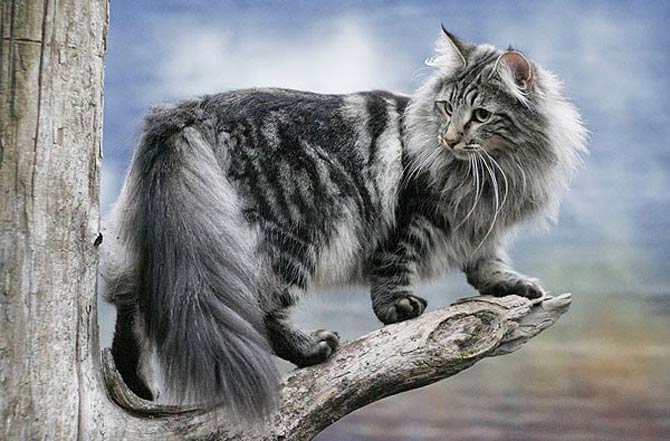
Characteristic
Appearance
The silhouette of the Norwegian Forest Cat is stocky, strong and stately. The body and limbs are long and the tail is fluffy. The coat consists of two layers: a shiny, thick and waterproof top coat and a woolly undercoat that densely covers the head, chest and limbs.
Norwegian Forest Cat owes its appearance to the extreme climate in its Scandinavian homeland. It is tall, strong and muscularly built, very robust and has a double-layered coat made of a dense undercoat and a highly water-repellent top coat, which is supported by a thin layer of even longer guard hairs that lies finely over the coat (this looks like a third hair layer).
Like almost all cats from temperate and sub-polar latitudes, the Norwegian Forest Cat also changes its coat with the change of the seasons. The Norwegian Forest Cat carries in winter just like the Siberian cat a characteristically thick winter coat, which is particularly long under the belly, on the neck, on the chest and on the tail and has a thick undercoat, so that it can withstand freezing cold of -30°C (-22℉) and rainy weather.
The long, shiny outer hairs of the Norwegian Forest Cat (in contrast to the Maine Coon) are slightly oily. The fur of the Norwegian Forest Cats is not as silky as that of the Maine Coon, but rather looks a bit shaggy. As with all long-haired cats, there are tufts of hair between the pads of the paws.
The head is shaped like an equilateral triangle, decorated with almond-shaped, slightly oblique eyes. At the top of the head, there are large, wide ears ending with brushes. The paws are equipped with very strong claws. Thanks to them, the cat is great at climbing even on the rocks. The Norwegian Forest Cat is extremely good at climbing and, due to its size and flexibility, can jump very high and far.
Norwegian Forest Cat has an elongated body, but appears longer-legged than the Maine Coon and Siberian Cat. The standard explicitly calls for their rear legs to be higher than the front legs. However, this is more or less the case with all cats.
The color of the coat may be of any shade and pattern, however chocolate, lilac and cinnamon coat are not accepted for exhibition cats.
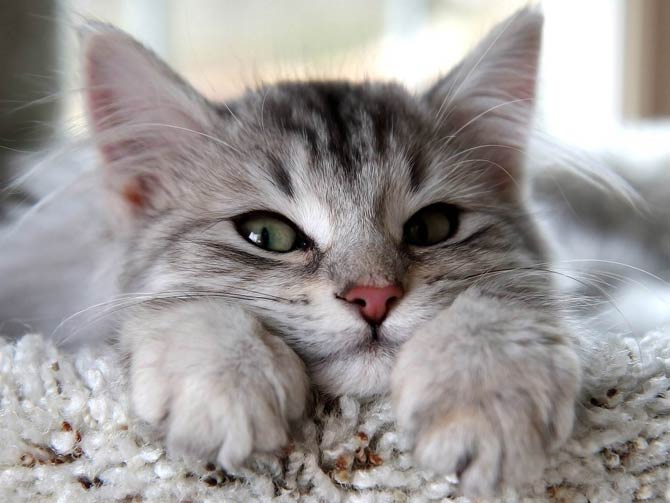
Temperament
He is friendly and intelligent, therefore he lives well with people. He is bursting with energy on a daily basis, so he can be a very toughish cat.
Cats of this breed like to spend time outdoors; they are also fast and effective hunters. However, if we care, we can teach this cat to live at home.
He is sympathetic towards the owners, but may become distrustful of guests. He does not like to be a pet, but he gladly accepts gentle stroking. However, it rarely emits sounds unless it needs something, e.g. food.
As a great climber, he looks for the highest point he can find at home. Unlike other domestic cats, it can jump from small trees or other tall objects head down.
Thanks to the thick and waterproof hair, it swims freely and hunts, for example, for fish. Therefore, people who have an aquarium should keep an eye on him.
He shows considerable independence, but learns quickly and shows great vigilance. He likes to play with his guardians who give him attention and love.
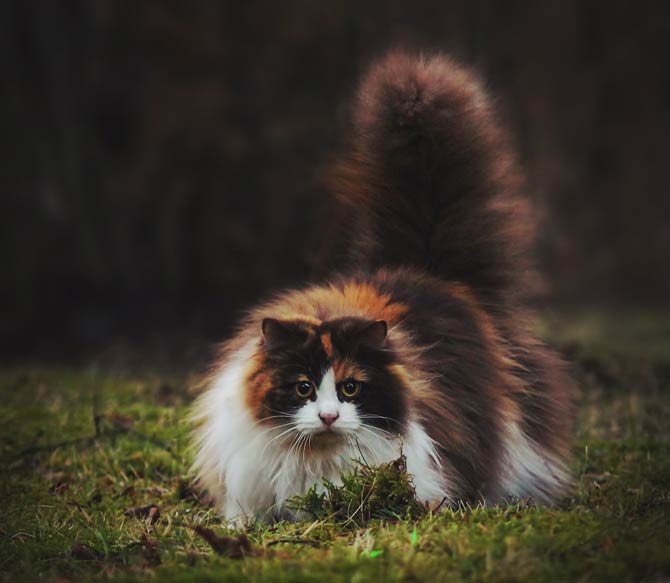
Health condition
This breed has kidney and heart diseases, including hypertrophic cardiomyopathy. These cats also develop glycogenosis, a metabolic genetic disease that leads to abnormal glycogen storage in the kidneys, liver and muscles. In Norwegian forest cats, hip dysplasia is also relatively common, often with a genetic basis.
Because Norwegian Forest cats evolved naturally for a long time, they rarely have reproductive problems.
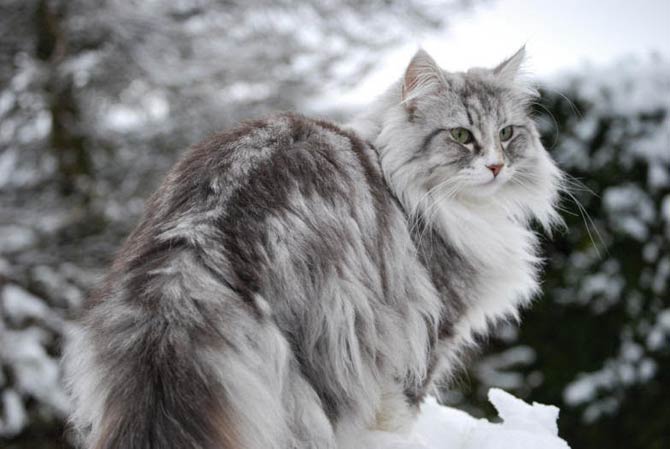
Detailed data / size
Norwegian Forest Cat
- Body length with tail: 100-130 cm (39.4 – 51.2 in)
- Height at the withers: 40-45 cm (15.7 – 17.7 in)
- Weight:
- males: 4.5 to 9 kg (10 – 20 lb)
- females: 6 – 8 kg (8 – 18 lb)
- males are much larger and heavier than females
- Lifespan: 14-16 years
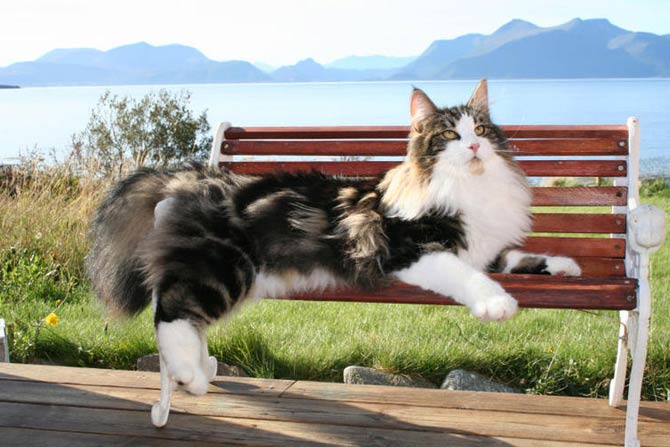
Norwegian forest cat – interesting facts
- Today the breed is most popular in Sweden and Norway. In 2003, it was the fifth most popular cat breed in France.
- You can read about a cat that can climb rock walls in Nordic legends. This cat was called Skaukatt (Skogkatt). Claire Bessant believes that the character of this cat was modeled on the ancestors of the Norwegian Forest Cat.
- The often read claim that images of the Norsk Skogkatt (Norwegian Forest Cat) can already be found on old Viking coins is wrong, because no coins were minted by the Vikings.
- These cats are quite expensive – for example, buying from a registered breeder in the US can be a considerable expense in the range of 550-800 dollars.


